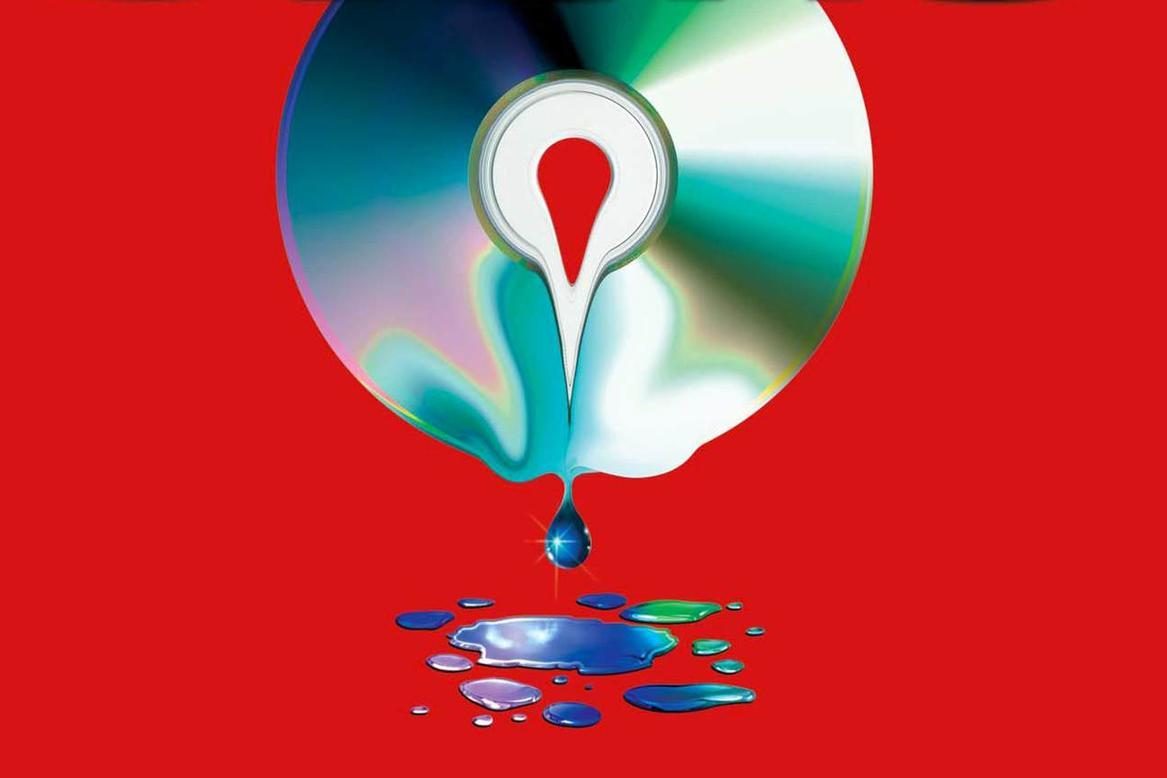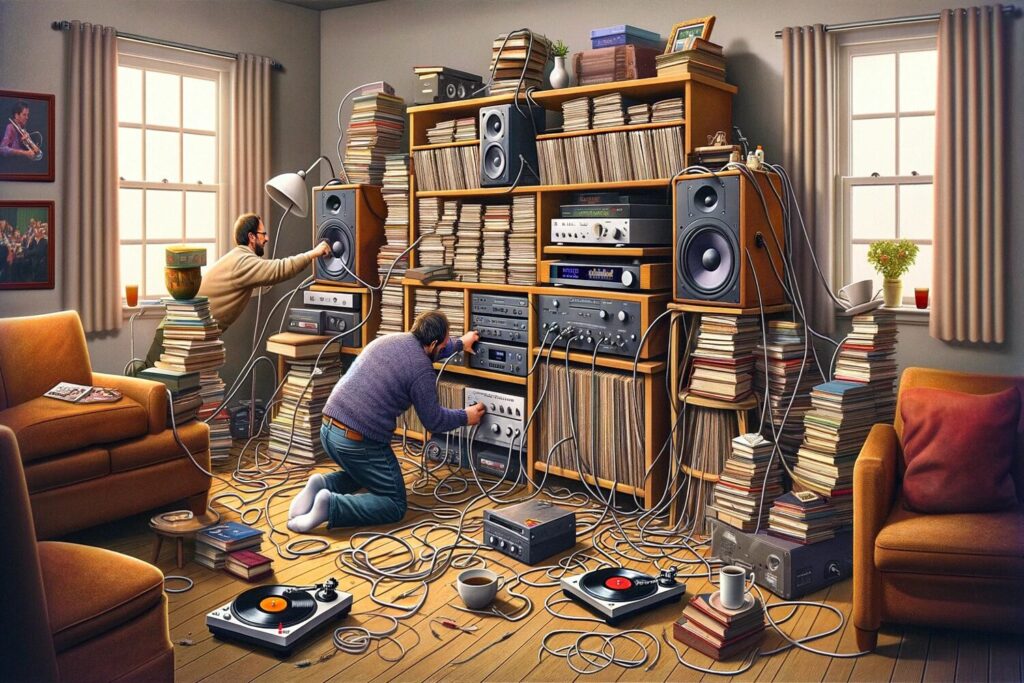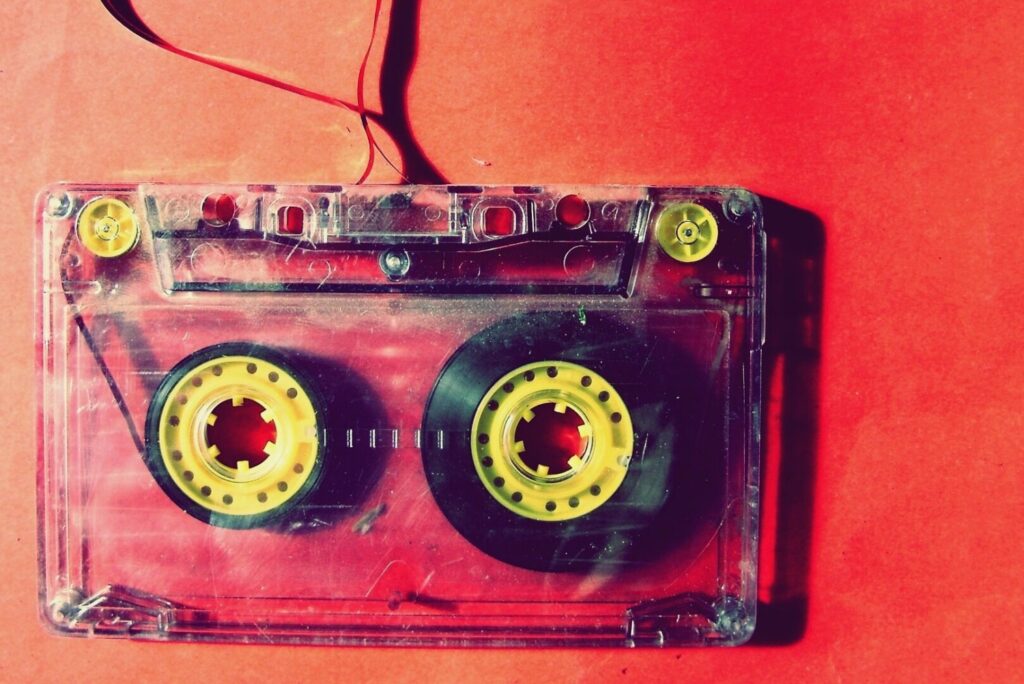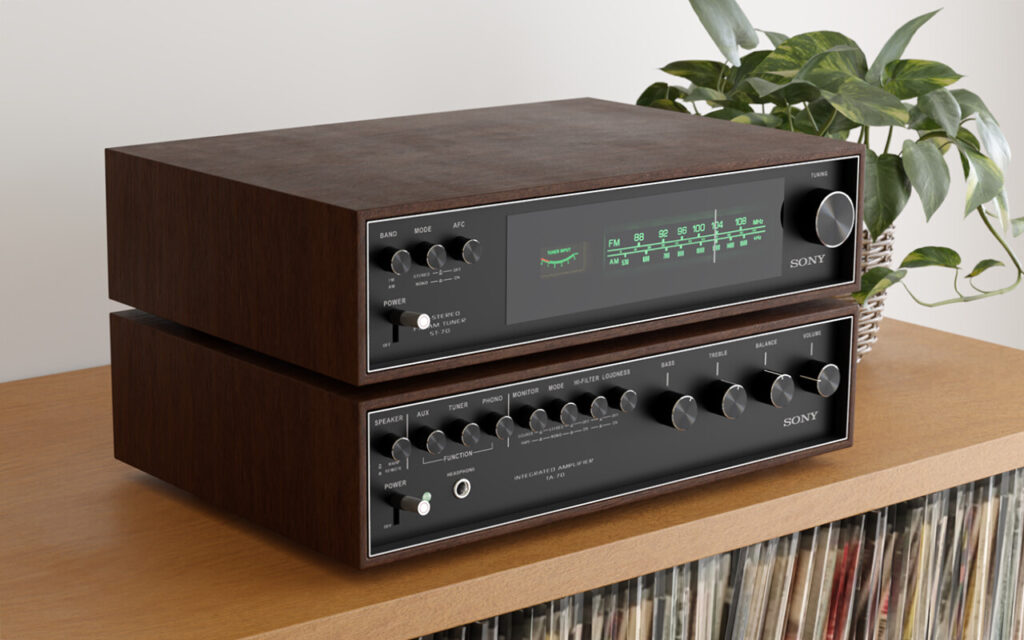A clarification before we begin: "Liquid music" is any music that can be played without a traditional phonographic support (CD, vinyl or tape). We are therefore talking about music tracks that are present as digital files on our hard disks, on a memory card, on a USB stick or even on a portable player such as any MP3 player. PCs configured for music playback are an excellent solution, despite the fact that the integrated DACs are poor (sound card of the PC), so that an external one has to be purchased, and despite the noise emitted by the cooling fans. Also for this reason, Ricable has designed its USB cable to give Hi-Fi liquid music users adequate support.
Hints of liquid music
The liquid music boom in Italy and worldwide took place in the early 2000s, although the terminology "liquid music" only took hold in 2006, both in the specialist press and among listeners. The very first MP3 player dates back almost a decade, however. The first to be marketed was MPMan F10presented in March 1998 at the CeBIT fair by the South Korean company Saehan Information Systems and marketed by Either Labs the following summer at a price of 250 dollars with (today's ridiculous) 32 MB of flash memory.
It is useless to go around it. Apart from the unquestionable merits that liquid music may have, such as an objective gain in space and total portability, it is the illegal sharing between users that has drastically favoured its diffusion. Peer-to-peer exchange platforms such as Napster, Audiogalaxy, LimeWire and eMule have had an easy time of it, achieving amazing results and enviable backbones. Just think of 'the mule', which can boast an intuitive and simple interface, localisation in forty different languages, a community that is still active in keeping it alive and a number of downloads (as of 2017) of almost seven hundred million.

But how can instruments like these exist in the light of day? They can precisely because they attach themselves to being 'tools'. These are programmes that are simply meant for file sharing. Whether users make illegal use of them is another matter, and this cannot be blamed on the programme they use. But, at most, the individual users themselves. The logic is indeed unassailable, as no one would ever think of shutting down WhatsApp, Facebook, Google Drive or Dropbox if users were exchanging copyrighted material.
In any case, with the passage of time, evolving technologies and a much more accessible offer than in the past for users, based on the availability of entire catalogues in exchange for a small monthly fee, the spread of platforms for the purchase or legal listening of files has become more and more deeply rooted.
Liquid music and Hi-Fi? The time is ripe
So, liquid music has taken off through 'the back door'. But some advantages are undeniable. Let's think about the convenience of not having to change CDs or vinyls (especially when you own hundreds or thousands of them), the transversality of the reproduction source, the sharing of music tracks with other peripheral devices on a local LAN network or through NAS(Network Attached Storage), the possibility of creating personalised playlists (the good old compilations... but tailored to us), the certainty of being able to reproduce a track countless times without fear of deterioration. And much more. Like, for example, the far from trivial possibility of discovering new artists thanks to the suggestions of any on-demand service of liquid Hi-Fi music.
What liquid music never really rhymed with, until recently, was quality. This was due to slower connections than today's, reduced storage space, or the need to share files with friends and family as quickly as possible. A mirror-image situation (fast internet, cheap USB pen drives with hundreds of GB and legal services that have been able to tap into the needs of listeners with competitive offers) has finally opened the doors of liquid music to audiophiles.

How? Thanks to the progressive decrease of the initially most popular compressed or lossy files (MP3, AAC, Ogg, etc.) compared to the native ones (WAV), in favour of the lossless or even uncompressed ones (think of the FLAC format, which is able, through a refined encoding, to keep the WAV quality unchanged, while reducing the space occupied). In compressed files, all those audio frequencies that are not essential for the overall message are eliminated. The space occupied on the hard disk will benefit drastically, but all those subtle nuances, typical of the music recording phase, will be eliminated. Uncompressed files, on the other hand, enjoy resolutions and sampling that go well beyond those of CDs, so they are objectively better than the latter, at least qualitatively.
In general, 24-bit/96 kHz and 24-bit/192 kHz recordings are considered excellent. However, the highest level of audio quality is achieved with 24-bit/352 kHz WAV DXD files. It should be noted, however, that these values are not the only ones. It is always a good idea to check that the files themselves are not oversampled from normal CD-quality material, but that the recordings were made directly from the original master.
Hi-Fi music streaming on demand services
Now let's talk about platforms for streaming on-demand Hi-Fi liquid music playback. By this we are not referring to the software pre-installed on Windows or Mac PCs (Windows Media Player and iTunes respectively), useful for playing audio files that we have saved locally. There are plenty of programs of this type, some of which are free of charge, but they would require a separate discussion. With some of them you can also convert your collection onto CDs, so that you don't have to buy them again. Some even allow you to digitise your vinyl in HD using capture cards with high-quality analogue-to-digital converters.
To cut to the chase, the best on-demand streaming platform for a Hi-Fi-loving audiophile is definitely Tidal. The sound quality is currently unmatched (but not unreachable) by the competition, the interface is very intuitive, the library currently boasts more than sixty million tracks (of which almost two hundred thousand in high definition), the app is available for iOS, Android and desktop, although if you want you can also rely on the simple browser via web player. Finally, there are two types of subscriptions. The most expensive one costs no more than twenty euros a month, with the possibility of taking out a family subscription for further savings. There is also the option of a thirty-day free trial. At the moment, there is no reason why an audiophile should choose anything else.

A valid competitor is Spotify. It is the one we would definitely recommend to anyone who is a music lover, but not an audiophile. The interface is good, the quality is decent, but above all, and in this it is superior even to Tidal, Spotify boasts a superlative system of creating playlists based on our tastes, capable of introducing us to artists we will love. Also good is Apple Musicexclusively for Apple customers. However, it suffers from a structural problem: it has everything Tidal offers, but everything has a few less details. The music quality is good, but not as good as Tidal's; the interface is good, but still a step below Tidal's; and so on. And this without adding anything, as Spotify does, which is inferior to Tidal in many ways, but at least has a single reason to be preferred (the possibility to discover new music).
This is what the creators of Primephonicwhich covers the classical music genre. It also boasts ad hoc features for beginners who want to get to know it. It has a smaller catalogue than its competitors, but if you love classical music (and only classical music), Primephonic is the right choice. Maybe combine it with another platform that is a bit more flexible. For Amazon Music Unlimitedd the discourse is similar to Apple Music: the service is excellent, but there are no valid reasons to prefer it, except, perhaps, for an extended cross-platform compatibility. The Amazon on-demand service also works with smart TVs, cars and, of course, Amazon Echo. We recommend it to those who are loyal Amazon customers and already enjoy the various Prime, Video and the like. So you don't have to break up your subscriptions too much and you might enjoy some loyalty offers.
Closing our review are. Deezer, which also focuses on podcasts; Qobuz, which can be used without a subscription; and YouTube Music which, to little surprise, focuses heavily on music clips but does not convince on the quality front.
Conclusions
In short, the mixture of tradition and innovation is total. And developments in this sense could be one of the hottest topics in the near future in the Hi-Fi environment. We need only think of the revival of classic vinyl and the new turntables, which are increasingly equipped with Wi-Fi connections and can be controlled from smartphones. Devices that natively support music streaming services are already the present. Hi-Fi liquid music is increasingly convincing to audiophiles and will become increasingly important to this traditionally sceptical and wary audience. We have designed our USB cables to prepare for the future. You can take a look at them by clicking the button below.














